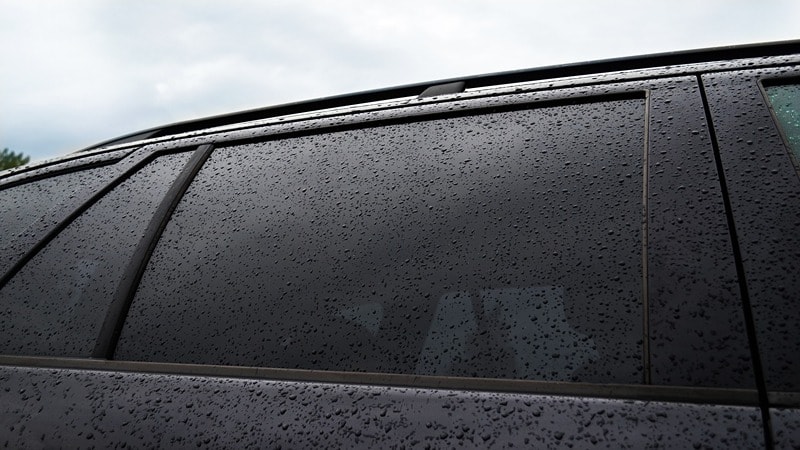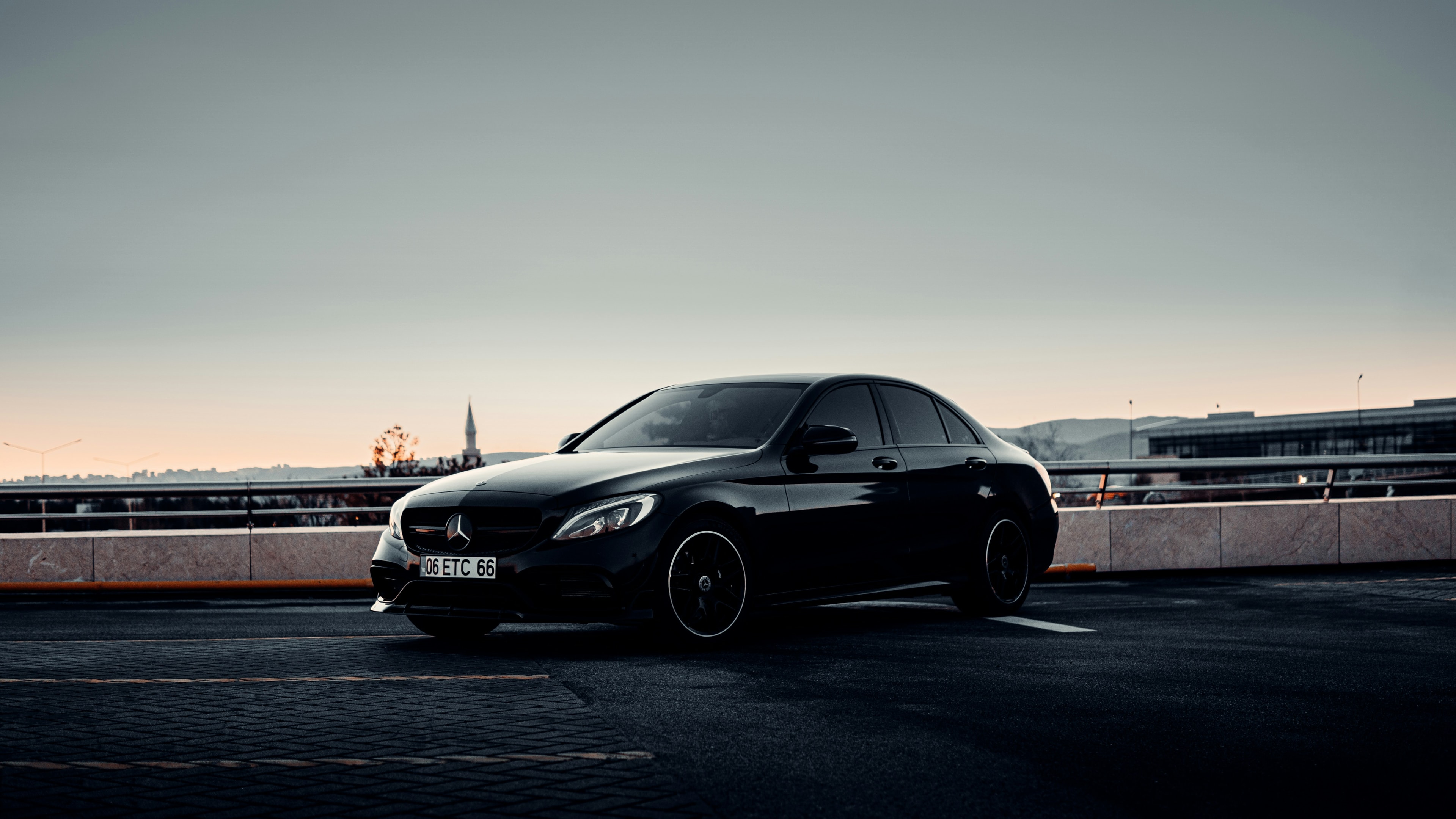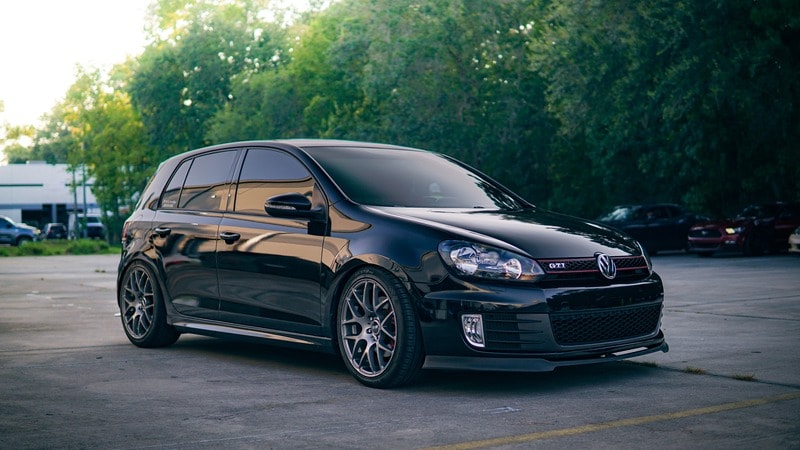Is 30% tint legal on the road? A 30 % window tint blocks up to 70 % of light, offering the perfect balance of privacy and visibility. This blog is the ultimate guide to window tinting. We will explore NY tint laws, cover different types and levels of tint, and help you select the right tint for your car. Buckle up! Let’s go on a wild adventure!
What is 30 Percent Tint?
You don’t need to learn color science to understand 30% window tint. The tint percentage represents allowable light transmission through the tint. A 30 percent window tint blocks 70 percent of light and allows 30 percent to pass. It is considered a medium tint and offers good visibility for a safe driving experience while ensuring privacy.

The 30% tint is made just perfect after the Goldilock test. It is neither extremely dark like 5% tints nor very light like 50% percent tints. The shade is perfectly dark to provide privacy from onlookers and ensure good visibility from inside. You can enjoy both aesthetic and functional benefits after applying this tint.
The 30% tint looks sleek and stylish on your car. It gives your car a classy appearance and improves its street presence. Moreover, a 30 percent window tint efficiently minimizes glare and enhances driving comfort on bright sunny days and gloomy nights. It also blocks UV rays and heat to increase your vehicle’s energy efficiency.
If you want to get your car windows tinted, the 30% tint is a versatile option. Due to its practicality, it goes well with all vehicle types and is best for long-term use.

What Does 30 Percent Tint Look Like?
Regarding aesthetics, the 30 percent tint gives your car a subtle look. The shade appears dark as a pitch-black night sky, but it is not overly dark like those show cars with glossy tints. The tint is practical and offers good visibility from inside the car. Moreover, it maintains privacy by obstructing the view from outside.
Whether you’re driving at night or on a sunny day, the tint maintains a decent level of visibility. It doesn’t impair your vision or affect the driving experience. You get rid of the glare effect and reduce strain on your eyes. The 30 percent window tint is a better alternative to dark shades, which are impractical and don’t offer any functional benefits.
If you want aesthetic appeal and practicality, a 30% tint is the best. What are you driving? A comfort-maestro sedan or a rugged SUV, the tint suits all vehicle types. Get a professional, premium appearance and enhance your car’s road presence. Most sports car users also opt for these tints for a dynamic yet exquisite finish. You can install tints on rear, front, and side windows.

Types of Window Tint
There are multiple window tint types available in the market. They’re made from different materials with unique sets of characteristics. Let’s explore and help you select the one that meets your specific requirements:
Ceramic Window Tint
Ceramic window tint is a high-end option that provides excellent insulation and sun protection. Unlike other types, it includes ceramic particles that filter damaging UV rays and reduce heat inside the vehicle while allowing for clear visibility. It is highly durable, does not fade over time, and does not interfere with electronic gadgets.

Metalized Window Tint
Metalized window tint is highly reflective and offers exceptional heat rejection. It contains a thin layer infused with metal microparticles that reflect UV rays. The tint provides a shiny and sleek look while maintaining good visibility. These tints stabilize car temperature on sunny days and improve its energy efficiency.
Dyed window tint
Dyed window tints are popular due to their affordability and practicality. The tint contains a color-stable dyed layer of polyester. It offers good heat rejection and privacy depending on the shade level. A good dyed window tint is long-lasting and less likely to discolor. You can choose from hundreds of color options to give your car a new look.

Hybrid window tint
Hybrid tints is a combination of traditional dyed film and metalized tint. It offers enhanced UV protection, heat rejection, and glare reduction. You get the aesthetics of dyed film with functional benefits of metalized tints. The hybrid tints are highly durable; they don’t discolor, distort, or change appearance when exposed to sunlight.
Carbon window tint
Carbon fiber particles have a unique property that blocks infrared radiation. The carbon window tint contains a thin layer blended with carbon particles to provide next-level heat rejection. These microparticles are also good at filtering UV light. It doesn’t fade over time and maintains its appearance. Carbon tints vary in composition from ceramic tints.
Benefits of Window Tinting
Apart from aesthetics, window tinting also offers practical advantages. It enhances your driving experience and ensures vehicle upkeep. Let’s see how window tinting can be beneficial:
UV Protection

Window tints are designed to block harmful UV rays that can cause skin diseases in case of long-term exposure. It also reduces glare for a safe driving experience. Window tints like ceramic films can filter out 99% of UVA and UVB light.
Heat Rejection
Window tinting reflects infrared light and reduces the heat effect. It helps maintain the temperature inside your car. As a result, the car’s energy efficiency improves, and the air conditioning unit doesn’t use excess power to stabilize the temperature.
Privacy & Security
Window tints are the best for privacy. The onlookers can’t see inside your car with tinted windows. There are different levels of shades available like 5% tint, 30% tint, 50% tint, etc. It also enhances your security by keeping thieves and burglars away.
Resale Value

Window tints are very helpful in preserving your car’s interior. It protects your car from weathering effects and harmful UV rays. The lifespan of window tint can be more than 5 years, so the vehicle can stay in pristine condition for years, which improves the resale value. It will also attract buyers due to its graceful look.
Aesthetic Appeal
Window tints are available in a variety of colors and finishes. You can get very glossy tints to more subtle matte tints. The car tinting makes your ride stand out with an elegant look on the road. Beyond aesthetics, you also get practical benefits.
Enhanced Comfort and Safety
Window tints can drastically improve your driving experience. They reduce glare and block UV rays. When driving a car without tints, the glare from car headlights and sunshine causes strain on your eyes. You often experience fatigue, and all this goes with the tints. With less strain on your eyes, you can drive comfortably. Therefore, window tint films are highly suitable for commercial vehicles due to the benefits of reducing glare and heat.

Window tints also act as an added layer of safety. The film keeps the glass from shattering in case of an accident or impact. It provides you with safety from burglars, keeping them from looking inside your car. If you’re stuck in a hailstorm, you don’t need to worry much. The tint adds flexibility to the glass to avoid breaking.
Style and Aesthetics
Window tints are the most aesthetically pleasing car decor. It’s like styling your car for a new appearance. You can match the car with your style by choosing from a range of colors and shades. There are also different finishes like silver, chameleon, and ceramic. The customization level with car tinting is next-level; you can bring any idea to life.

Whether you drive a luxury sedan or a power-packed sports car, you can always get it tinted in a unique way. A completely blacked-out look with 30 percent window tint is popular among car enthusiasts. You can also experiment with a chrome finish to get the street attraction. So, what are you waiting for? Personalize your car’s appearance with window tints.
Things to Consider Before Installing 30 Tint
All set to install 30 percent window tints? You need to be mindful of a few considerations. These will help ensure smooth installation and usage.
State laws

Window tints are regulated by state laws. All the films come with a Visual Light Transmission (VLT) percentage rating. Each state has an allowable rating for regular vehicles. There are also certain color restrictions for window tinting. You need to check the regulations on car tints in your region to choose a legal tint percentage. For instance, if you’re in New York, you’ll follow NY tint laws.
Professional vs. DIY installation
How would you want to install the 30 percent window tint? If you’re going for DIY installation, it can save you money. You can install the tints in your garage without needing to go anywhere. However, you may not be able to achieve a professional finish or cause damage to the films. On the contrary, professional installation is a little costly, but it saves time, ensures durability, and you get a warranty.
Material options

Selecting the right material or type of window tints is critical. There are a number of factors to account for, such as costs, weather, and style. You have options like ceramic, carbon, and dyed film tints. Compare their properties and costs to see which is the best. We will explore the material options in detail later in this blog.
Window Tint Laws and Regulations
Window tints are highly regulated across the globe. There are established laws and standards that govern the use of tints. You need to be cautious when installing window tints on your car. The first and foremost thing is to check the laws in your state or region. For instance, car window tinting laws in Pennsylvania require that more than 70% of light must be allowed.
The tints are tested based on Visual Light Transmission (VTI) percentage. The 30% window tint allows 70% light to pass. Some regulations also restrict the use of specific colors like Red, Amber, Yellow, Blue, Gold, and Black. You may also be required to put a legal tint sticker for officers to identify. Some laws allow the use of tints in medical conditions, such as light sensitivity.

You must know the tint laws in your state before installation and choose a legal tint. When traveling to other states, review their laws and ensure compliance. Check the potential fines that you can get in case of a violation. In NY tint laws, the base fine for a non-legal car tint is around $150, but it can go up.
Choosing the Right Window Tint
Ready for a market hunt to get your hands on the best window tint? Here’s what you should be looking for:
Legal Limit
The first thing you should do is check the tint specifications. Its VLT% should be according to your state law. Also, ensure that the manufacturer is certified to produce legal tints. Compliance with legal requirements will save you from fines.
Professional Installers

Purchasing the tints is one step; you also need to consider installations. It is recommended that you opt for professional installations from an authorized dealership. Installing tint on the back window is challenging. Check reviews on the internet when selecting an installer.
Window Tint Type
Select the right tint type according to your budget. If you want a durable window film with excellent UV blocking, you should go for ceramic tints. The traditional dyed films are an affordable option with good aesthetics.
Specific Requirements
Do you have any specific requirements? For instance, you may have a medical condition requiring minimal exposure to UV radiation. From a style point of view, the requirements can be a specific finish or color combination. Consider these requirements when making a purchase.
Quality & Durability

Quality and durability are two critical factors when purchasing window tints. The film material should be resistant to weathering with color-shielding to prevent fading. The litmus paper test for quality and durability is the warranty of the film. Choose window films with a warranty.
Comparing 30% Tint to Other Tint Levels
Want to compare the 30% tint to other available options? Here’s a comprehensive contrast to help you make an informed decision:
| 30% Window Tint | 50% Window Tint | 5% Window Tint |
|---|---|---|
| Medium dark tint with perfect balance of privacy and visibility | Very light film that appears as a clear tint. It offers protection against glare and mild heat reduction | Extremely dark tint that provides maximum privacy and impact visibility |
| It blocks up to 60–70% of harmful UV rays | It filters out 40–50% of UV radiation | It ensures 95% of UV blocking |
| Legal in most states and highly practical | Legal in almost every state | Not allowed for regular use. Permitted under special circumstances |
| Used in personal cars like sedans, SUVs, etc | Primarily used for fleets, taxis, etc | Used in high security and official government vehicles. |
| It’s the best choice due to good visibility, privacy, and aesthetics | Ideal for legal compliance and moderate functional benefits | The least preferred option due to lesser visibility |
How Much Light Does 30% Tint Block?

A 30% tint is designed to block 70% of light transmission. It filters out UV radiation and allows visible light to pass. Unlike darker shades, it does not severely impair your vision, making streetlights and other vehicles’ headlights visible without producing excessive glare. This makes it a safer choice than darker alternatives.
The window tint has multiple layers of thin films. It consists of a base layer usually made from polyester that offers structural integrity. Then a tint layer that gives the colored appearance. Followed by a UV blocking layer (ceramic, metallized, carbon, etc). Lastly the adhesive layer combines with the final protective layer. With this structure the film blocks sunlight.
Is Dark Tint Right for You?

Are you considering installing a dark shade tint? It mainly depends on your personal preference on how dark it would be good for you. But remember, darker tints affect your visibility, especially at night. You may not be able to navigate in low-light conditions. The darker shades also trap heat inside the cabin and cause the temperature to rise.
When opting for a dark tint, you need to be very careful about legal regulations. The dark tint below 30% tint, such as 5% window tint, is mostly illegal or requires special permits. Check the legal applicability before installing a dark tint. If you want to enjoy privacy without affecting visibility, the 30% tint is the best option.
Common Myths About Window Tints

Let’s bust some very relevant myths about window tints. Most people think that darker tints are efficient at reducing heat, but that’s not the case. Heat rejection mainly depends on the material type. Dyed films, no matter how dark, are not good at reducing heat.
There’s a debate about whether tints are illegal everywhere. However, tints that fall under the permitted Visual Light Transmission percentage are illegal. The 50% tint is almost legal everywhere and is used in most fleet vehicles.
FAQs
Q1. What tint is darker, 20% or 30%?
The 30% represents the visible light transmission (VTI) level. A 20% tint will block about 80% of UV rays. Hence, a 20% tint is darker than a 30% tint.
Q2. What does 30 tint look like on a car?
A 30 percent window is dark enough to give off a hue of darkness and subtly transform the look. But it allows enough visibility for the person inside to look out clearly.
Q3. Is 30% tint legal in New York?
Yes, 30% tint is legal for front and rear windows in New York. You can still explore the regulations online.
Conclusion
30% tint strikes the perfect balance—blocking 70% of light for cooler interiors while maintaining visibility. It enhances comfort, UV protection, and style without extreme darkness. Compare tint levels, understand local laws, and discover how this versatile option outperforms darker tints for daily driving. Choose the smart upgrade for safety and aesthetics!
30% Window Film: Cooler, Safer & Legal! Upgrade Smarter Now!
30% tint delivers the ideal blend of style and function. Experience cooler interiors, reduced glare, and enhanced privacy without the drawbacks of extreme darkness. CARLIKE® ‘s premium films offer superior clarity that meets most state regulations.
Contact our tint experts now before summer heat arrives! Get the perfect balance of protection and aesthetics today!



